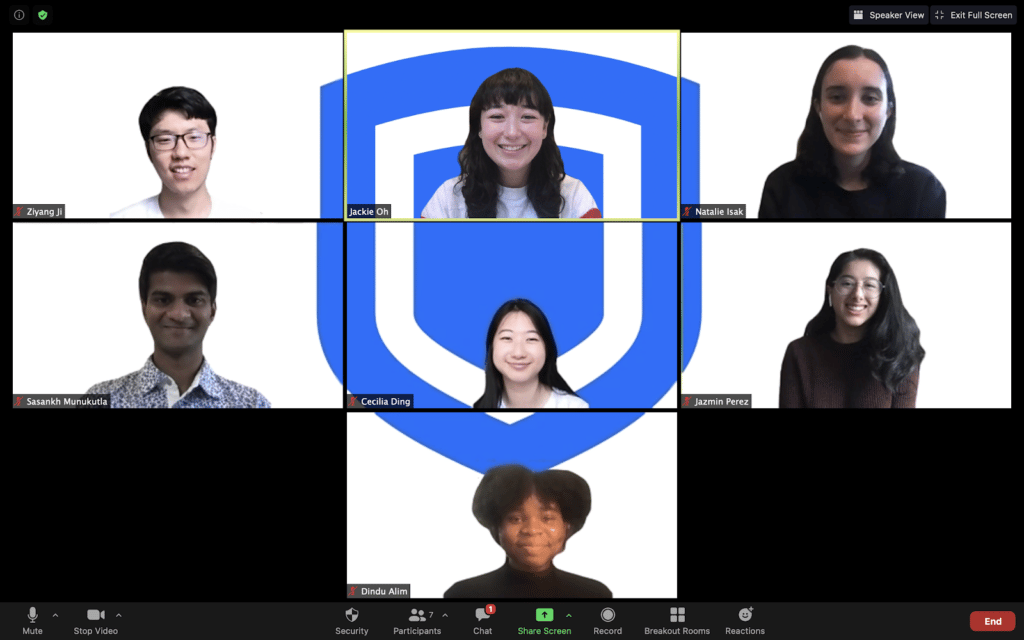
Uber is a company built on data science. We leverage map data to get users from point A to point B; speech and text data to communicate between riders and drivers; restaurant and dish data to recommend food in the Uber app; and the list goes on.
On October 24, 2019, the WiSDOM (Women in Statistics, Data, Optimization, and Machine Learning) Employee Resource Group hosted the second annual Moving The World With Data meetup, welcoming hundreds of members of the Bay Area tech community to learn about some of our toughest, most interesting data science problems. Below, we highlight our talks from this event and introduce you to the work Uber’s data scientists tackle on a daily basis to improve user experiences on our platform:
Signaling with surge pricing

Alice Lu, a data scientist on the Marketplace team, kicked off the tech talks with a deep dive into our historical surge pricing model, a feature used to help ensure the health of Uber’s Marketplace. Alice posed the question: does it really work? Her research demonstrated a resounding yes. Using a set of econometrics-based techniques, Alice showed that drivers tended to stay in one area when there was no surge, but when there was surge they move along the surge gradient, supplying areas of high demand and subsequently increasing their earnings.
Learning values and policies from observation
At Uber, many of the hard problems we work on can benefit from machine learning, such as improving ETAs and finding the best matches between riders and drivers. Ashley Edwards, a research scientist with Uber AI Labs, shared original work from the machine learning discipline of reinforcement learning. Using examples from the game Coin Run and other simple tasks, she demonstrated how an agent can be made to learn latent policies through observation. She also posed a question: in the future, can we expect robots to learn to act like humans by watching us move?
Learning Word2Vec Embeddings for Hexcluster Generation
Location data is hugely important for creating efficient routes for drivers and delivery people. We group hexagonal regions that comprise a map into “hexclusters,” and use those regions to determine delivery or trip ranges, pricing, and other features of the Uber experience. During her presentation, data scientist Mo Zhou explained how her approach to crafting the perfect hexclusters borrowed concepts from natural language processing (NLP), leveraging Word2Vec to find embeddings that quantify the similarity between hexagons. She then clustered similar hexagons into small groups where Uber activity is dense, and larger groups where things are less busy. Ultimately, the Uber Eats customer gets a delicious burger and the delivery person and restaurant earn money, and the entire process is more efficient than it would be without Mo’s work.
Conversational AI at Uber
Zhaleh Feizollahi, a computational linguist with Uber AI, wrapped up the tech talks with a deep dive into what it takes to build an intelligent voice assistant at Uber. Hands-free dispatch, one of Uber’s key safety features, is a great example of how this technology is used to improve the user experience on our platform. Zhaleh walked us through the full product life cycle: from idea generation to sourcing and shaping data, all the way through releasing the product and continually monitoring key metrics like accuracy and common errors. Along the way we were also introduced to a smattering of NLP concepts, like n-grams, bag-of-words, and term-frequency inverse document frequency (tf-idf).
We were also excited to welcome to the stage Jonathan Hall, Uber’s chief economist. Jonathan shared with the room why diversity matters at Uber and how groups like WiSDOM are having a positive impact on our company culture.
Want to work on data science problems at Uber-scale with WiSDOM and other members of the Uber Data Science community? If any of the topics outlined above interests you, consider applying for a role on our team or joining our Meetup group to attend future Uber Engineering events.

Emily Bailey
Emily Bailey is a data science manager on Uber's Platform Data Science team.
Related articles

Meet the 2020 Safety Engineering Interns: COVID Edition
October 29, 2020 / Global
Most popular

A beginner’s guide to Uber vouchers for riders

Automating Efficiency of Go programs with Profile-Guided Optimizations

Enhancing Personalized CRM Communication with Contextual Bandit Strategies




